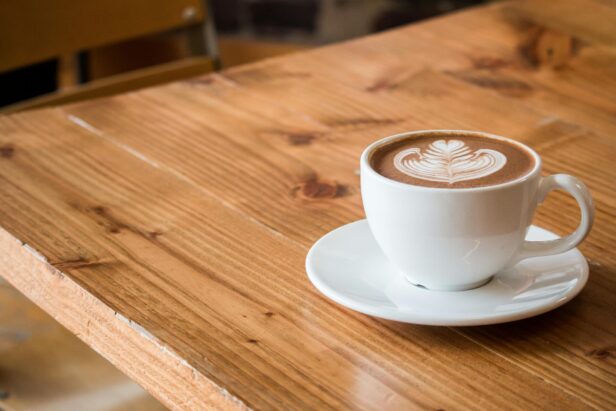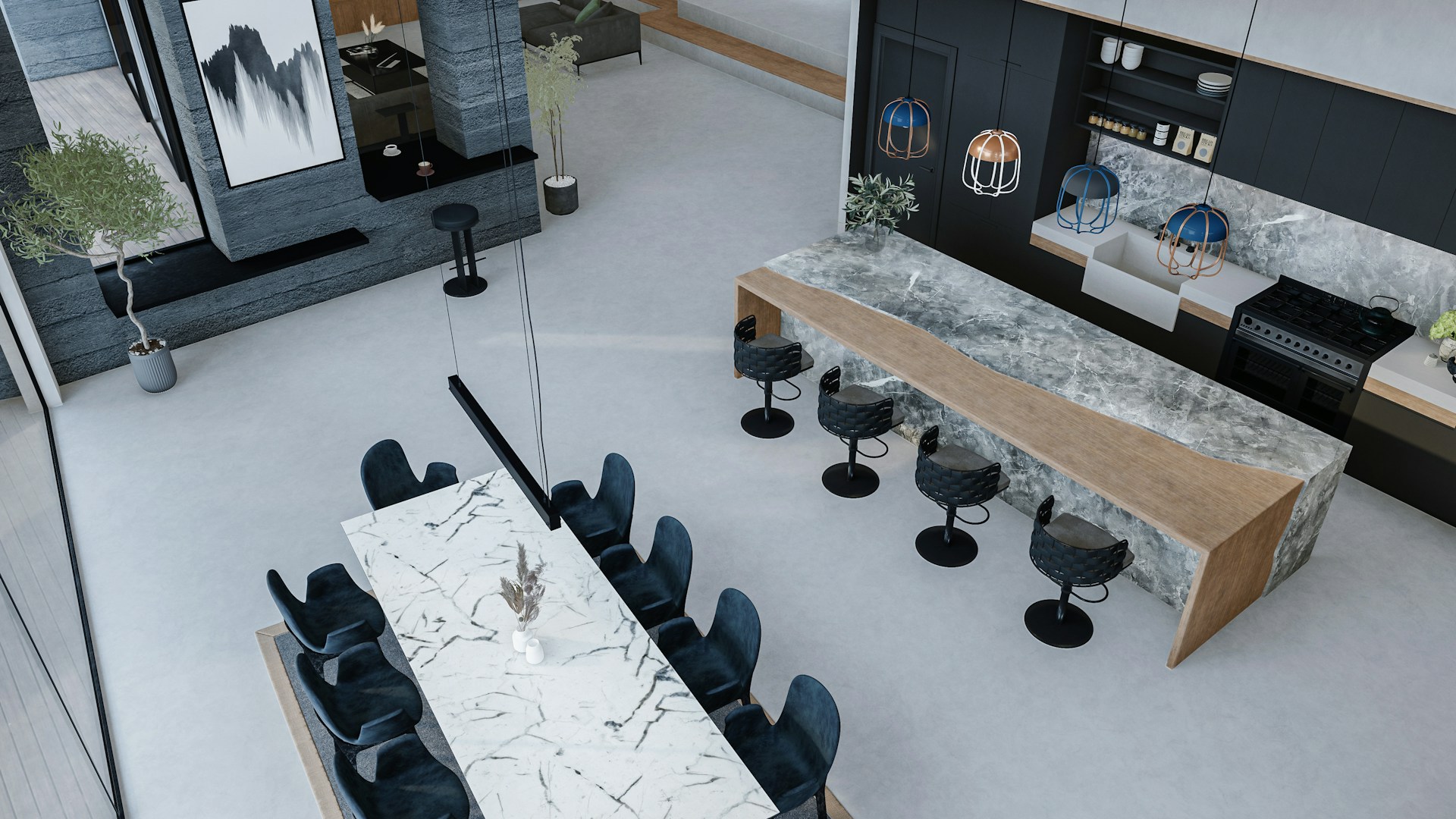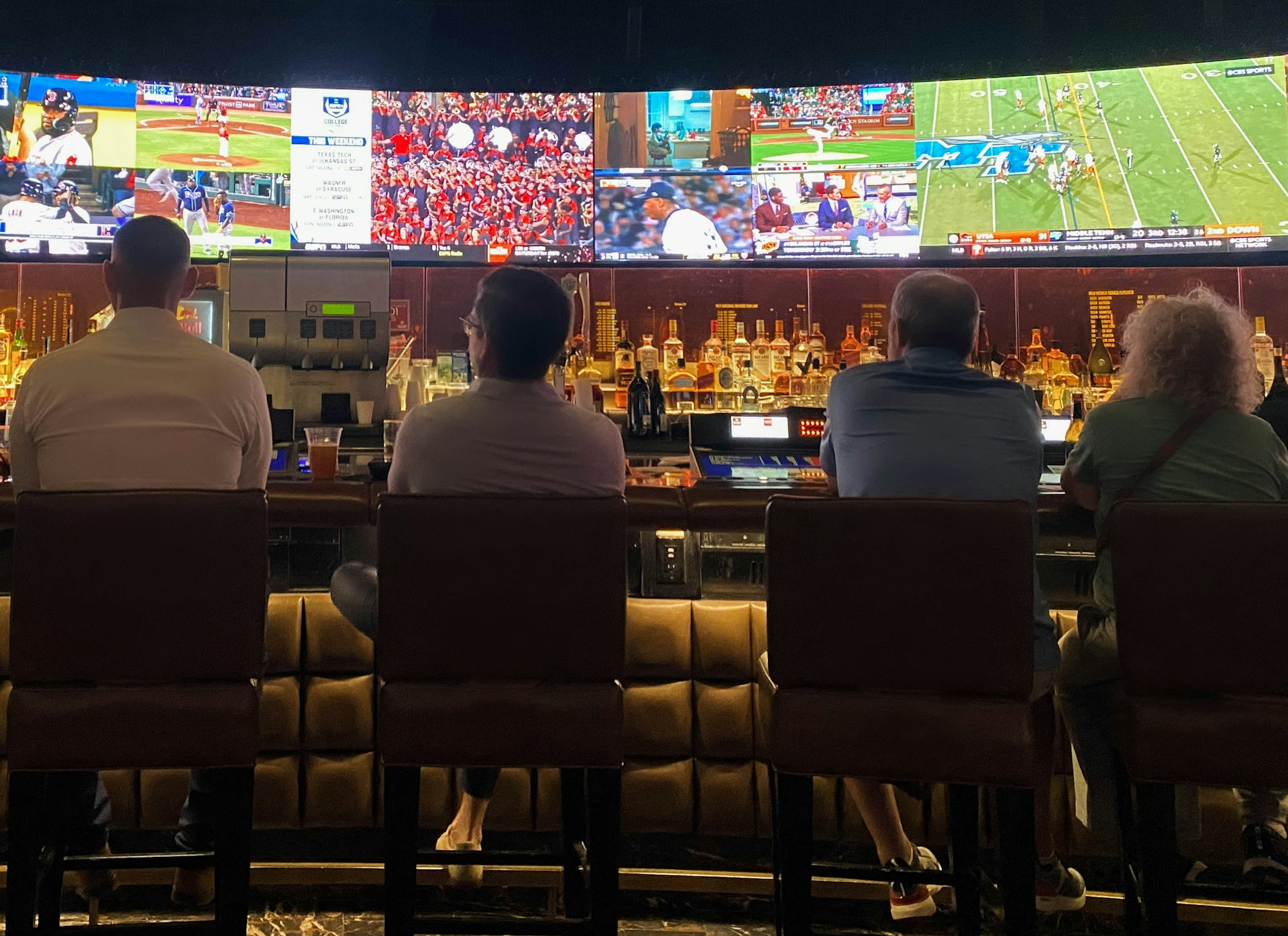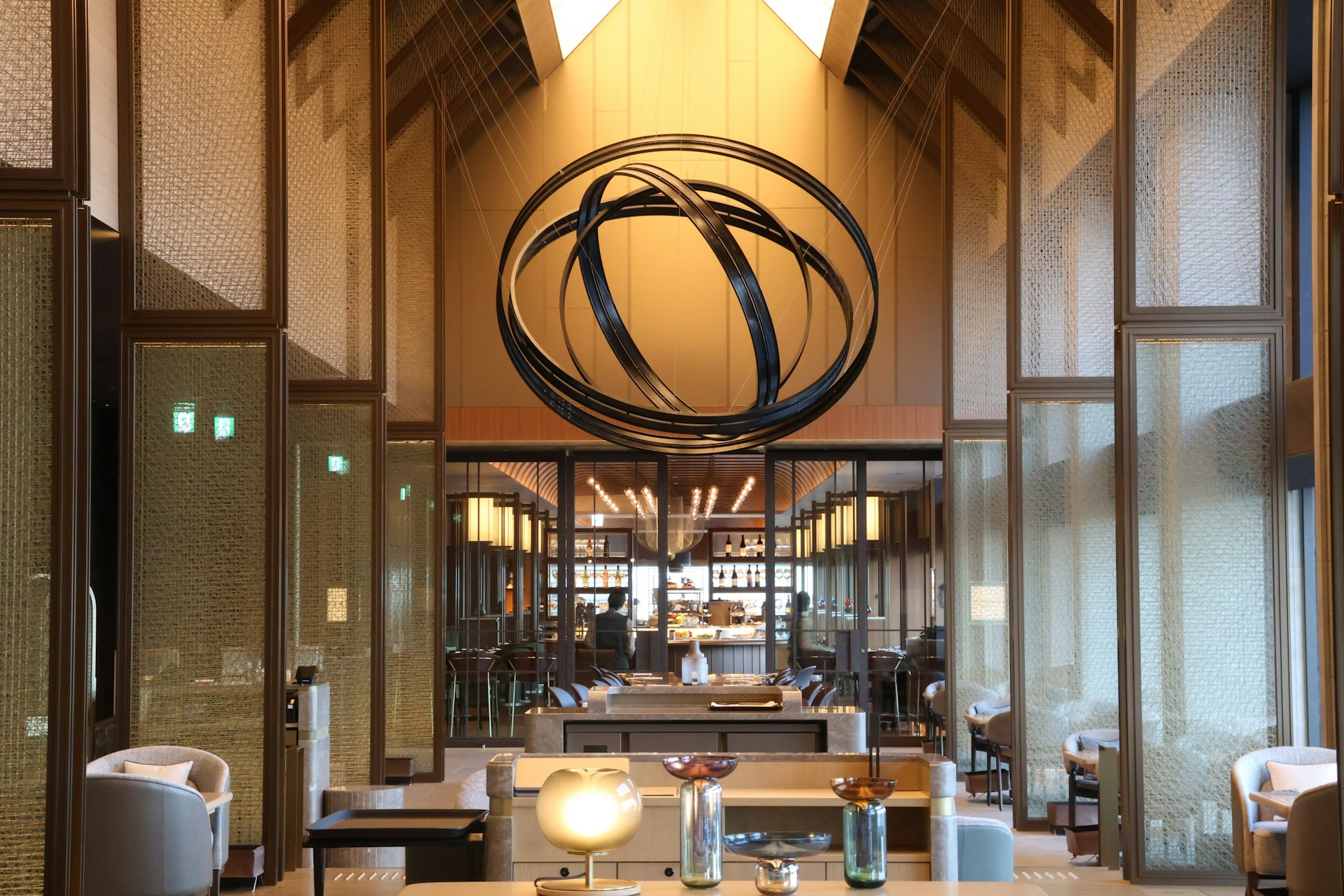When developers and property owners plan bakery and cafe projects in Austin, understanding buildout cost components becomes critical to successful project delivery. Bakery and cafe buildout costs in Austin encompass three distinct categories that we coordinate throughout the construction process.
The base building or core and shell establishes the structural foundation, exterior envelope, and primary MEP systems. Tenant interior finish covers walls, floors, ceiling systems, HVAC distribution, plumbing fixtures, and electrical installations that create functional spaces. Food-service equipment, or FF&E, represents commercial kitchen appliances, refrigeration units, ovens, and specialized bakery equipment that remain separate from construction costs. Austin pricing trends consistently higher than many Texas markets due to sustained labor pressures and land scarcity that drive up material and subcontractor costs.
When we budget these projects, separating core and shell costs from tenant finish work and equipment purchases provides clarity for financing and phasing decisions, while maintaining a contingency buffer addresses Austin’s cost escalation patterns.
Disclaimer: Pricing figures are based on publicly available market data and are intended for general estimation purposes as of October 2025. They do not represent a formal quote from EB3 Construction. Actual costs will vary by project scope, location, labor rates, and material prices.
How Much Per Square Foot Should You Expect For An Austin Bakery Or Cafe?
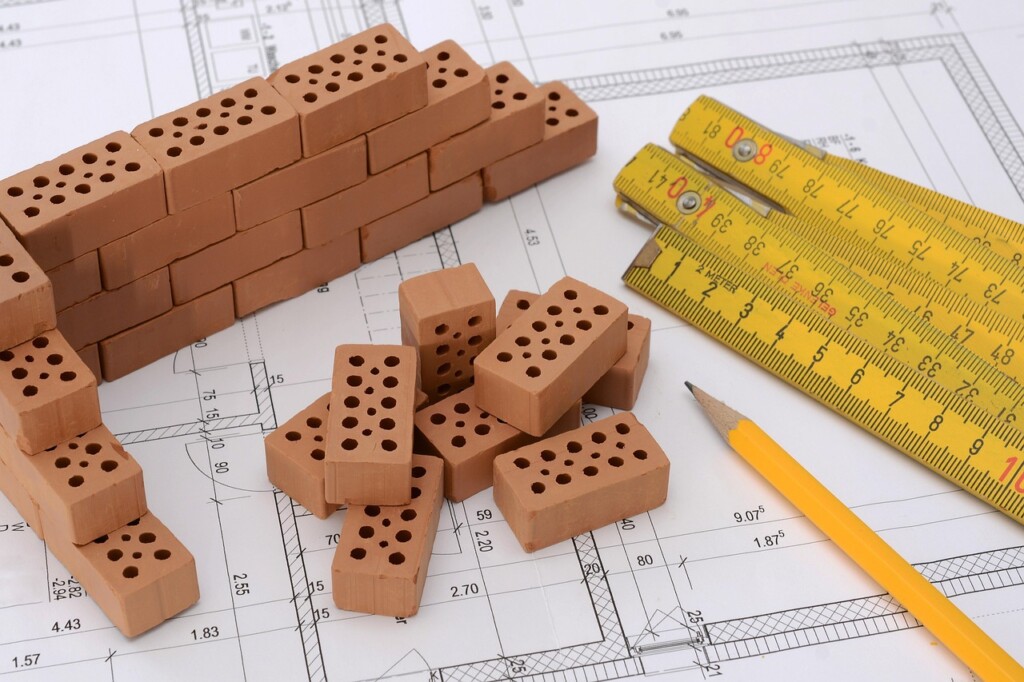
Austin’s retail and restaurant market reflects current Texas-wide construction trends, but with the local premium we see across the city’s development sector. For full ground-up retail/restaurant projects in Texas, current ranges run about $210 to $370 per square foot.
Austin commonly falls around $210 to $360 per square foot due to a 10 to 15% local premium driven by labor costs and land pressures. This range includes complete new construction from foundation to finished interior, encompassing all structural, MEP systems, and interior finishes.
Core And Shell Versus Tenant Improvement Approaches
Most strip retail developments use a phased approach that separates core and shell construction from tenant improvements. We typically see core and shell costs at roughly $90 to $120 per square foot in the Austin market.
Core and shell covers the basic building structure, exterior walls, roof, and primary mechanical, electrical, and plumbing rough-ins. The tenant then handles interior buildout through a separate tenant improvement project.
Typical tenant finish for retail/restaurant spaces runs about $30 to $60 per square foot, depending on finish level and complexity. This covers interior walls, flooring, ceiling treatments, fixture installations, and MEP distribution to individual spaces.
Bakery-Specific Considerations From Cold Dark Shell
For bakeries starting from a cold dark shell condition, plan about $40 to $60 per square foot for interior finishes, excluding FF&E. Cold dark shell refers to a basic enclosed space with minimal utilities and no interior improvements.
This range accounts for the additional MEP requirements that bakeries need compared to standard retail spaces. Commercial bakeries require enhanced electrical capacity for ovens and mixers, specialized ventilation for heat management, and often upgraded plumbing for commercial sinks and dishwashing equipment.
The kitchen MEP loads for bakeries typically exceed those of basic retail tenant improvements. Full restaurant ranges generally include higher HVAC and kitchen MEP loads than standard retail spaces, which we factor into our cost projections.
These per-square-foot figures exclude food-service equipment, which represents a separate budget line item. Commercial ovens, refrigeration units, mixers, and display cases fall under FF&E and can range from $20,000 to $50,000 or more depending on bakery size and equipment specifications.
Which Factors Drive Austin Bakery/Cafe Costs Up Or Down?
Understanding cost drivers helps us anticipate budget pressures and manage construction expenses effectively. Austin’s construction market presents unique challenges that directly impact bakery and cafe projects across the city.
Labor And Subcontractor Availability
Skilled trades in Austin face significant demand pressures, with wages increasing 4-5% annually. We see this most clearly in electrical, plumbing, and specialized kitchen installation work. Competition for qualified subcontractors drives both hourly rates and project timelines upward.
Subcontractor availability becomes particularly tight during peak construction seasons. Projects requiring specialized commercial kitchen experience often face longer lead times and premium pricing. Early contractor engagement helps secure reliable trades at competitive rates.
Material And Supply Cost Fluctuations
Steel, concrete, and MEP system components represent major cost variables in bakery construction. Material prices respond quickly to supply chain disruptions and regional demand patterns. We track these fluctuations closely during project planning phases.
Commercial kitchen equipment costs vary significantly based on specification and sourcing. Local suppliers may offer better pricing on standard items, while specialized baking equipment often requires national sourcing with longer lead times.
Code Compliance And Energy Standards
Austin’s building codes and energy efficiency requirements can add 2-3% to total project costs. Commercial kitchens face additional ventilation and fire protection requirements that exceed basic retail standards. Energy efficiency standards for new construction drive higher-performance HVAC and lighting systems.
Permitting timelines in Austin average longer than surrounding Texas markets. Complex projects involving food service may require multiple department approvals, extending overall project schedules. We factor permit review time into project budgets and timelines from the start.
Site Work And Infrastructure Complexity
Site conditions significantly impact project costs, particularly for utility connections and drainage work. Complex site work can add 10-15% to total budgets when existing infrastructure proves inadequate. Older Austin properties often require utility upgrades to support commercial kitchen loads.
Parking requirements and site access constraints in dense Austin neighborhoods create additional challenges. We evaluate site logistics and utility capacity during early feasibility studies to avoid costly surprises during construction.
Austin-Specific Market Pressures
Land scarcity in desirable Austin locations drives higher lease rates and more complex tenant improvement negotiations. Property owners may require upgraded common areas or facade improvements as part of lease agreements. These requirements add scope beyond basic tenant finish work.
Austin’s emphasis on sustainable construction practices influences material selection and building system design. While these requirements support long-term operational efficiency, they typically increase upfront construction costs compared to standard approaches in other Texas markets.
What Non-Construction Items Should Austin Bakery Owners Budget?
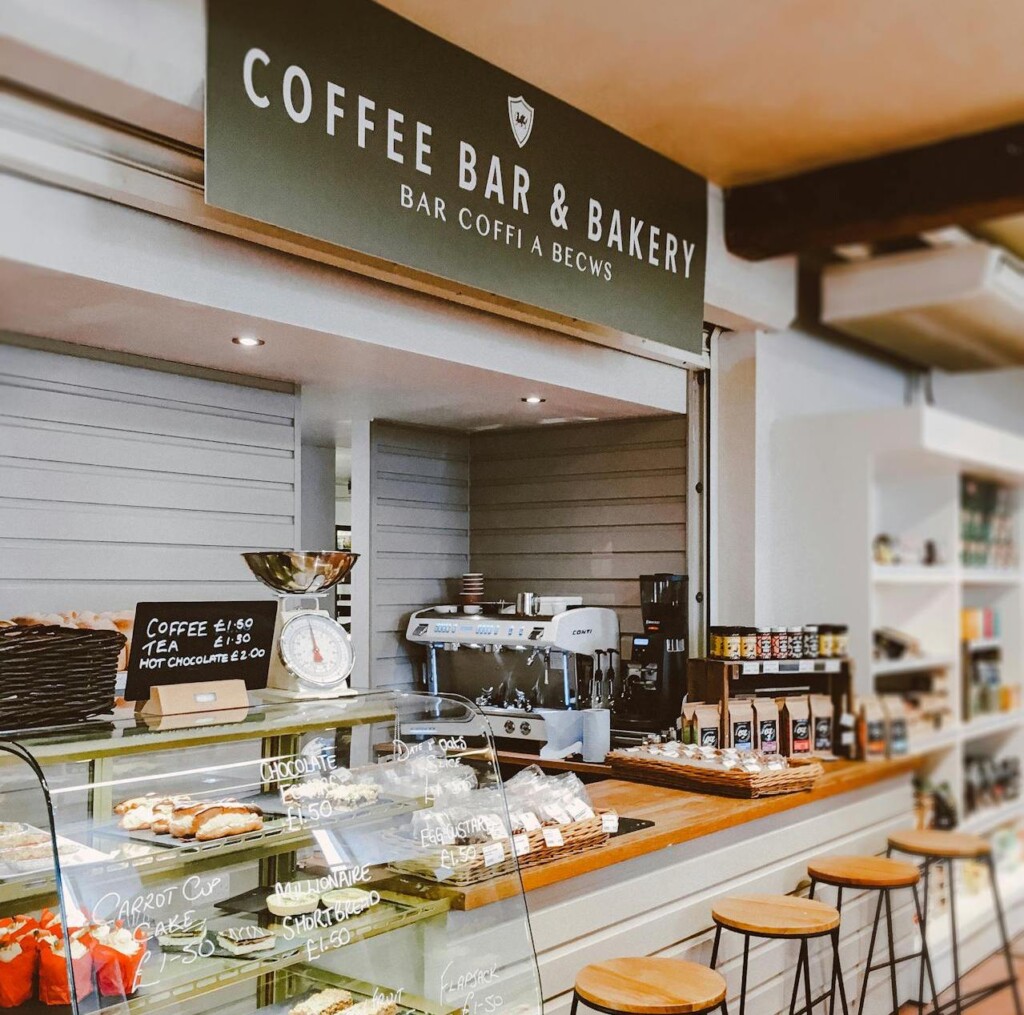
While construction costs dominate most bakery budgets, we regularly see owners underestimate the startup line items that exist outside the per-square-foot figures. These operating expenses arrive before you bake your first loaf and can easily add $35,000 to $80,000 to your total project cost.
Legal And Regulatory Requirements
Austin bakery permits and licenses typically range from $500 to $4,500, depending on your operation scope. Basic requirements include your business license, food handler’s permits, and health department approval. More complex operations might need additional certifications for custom cakes or wholesale distribution.
We’ve seen costs escalate when owners discover late-stage permitting requirements. Austin’s food service regulations can be stringent, particularly for operations handling dairy or custom orders.
Insurance And Risk Management
Bakery insurance costs in Austin run approximately $1,000 to $2,000 annually for basic coverage. This includes general liability, property protection, and workers’ compensation if you hire employees. Commercial kitchen operations often require higher coverage limits than standard retail.
Product liability coverage becomes essential if you’re selling to wholesale accounts or handling special dietary needs. We recommend securing quotes early since coverage requirements can influence your kitchen design decisions.
Branding And Marketing Foundation
Professional branding and logo development typically costs $1,500 to $4,000 for Austin bakeries. This investment covers logo design, basic brand guidelines, and initial signage concepts. Quality branding proves essential in Austin’s competitive food scene where visual identity drives customer recognition.
Website development and initial advertising campaigns add another $2,000 to $9,000. Most successful bakeries invest in professional photography of their products and establish social media presence before opening day.
| Category | Cost Range (USD) |
| Legal and Regulatory Requirements | $500 to $4,500 |
| Insurance and Risk Management | $1,000 to $2,000 |
| Branding and Marketing Foundation | $1,500 to $4,000 |
| Website Development and Initial Advertising | $2,000 to $9,000 |
| Commercial Equipment and Kitchen Setup | $20,000 to $35,000 |
| Working Capital and Inventory | $5,500 to $7,000 |
| Early Employee Costs | $6,000 to $25,000 |
Commercial Equipment And Kitchen Setup
Commercial bakery equipment represents your largest non-construction expense at $20,000 to $35,000 for most Austin setups. This covers ovens, mixers, refrigeration, display cases, and point-of-sale systems. Equipment costs vary significantly based on production volume and menu complexity.
We separate equipment from construction costs because these items often arrive on different schedules and require specialized installation. Financing options exist for equipment purchases, which can help manage initial cash flow.
Working Capital And Inventory
Startup inventory for ingredients, packaging, and supplies runs about $5,500 to $7,000 for typical bakery operations. This covers flour, sugar, specialty ingredients, and packaging materials for your first month of operation. Austin’s food distribution network provides good supplier options, but initial orders often require cash payment.
Early employee costs range from $6,000 to $25,000, covering recruitment, training, and initial payroll before revenue begins. This includes hiring experienced bakers, front-counter staff, and any management positions. Austin’s competitive labor market means budgeting toward the higher end for skilled positions.
These startup costs operate independently of your construction timeline but require coordination with project completion. Planning these expenses alongside construction helps ensure smooth operations from opening day.
How Can Delivery Method And Phasing Affect Bakery/Cafe Budgets?
Strategic project delivery can dramatically impact both upfront costs and construction timelines. We typically see retail projects split into two primary phases: core and shell work, followed by tenant improvements. This approach allows developers to build base infrastructure while giving tenants flexibility to customize interior spaces according to their operational needs.
In Texas markets, core and shell work generally runs $90 to $120 per square foot. This covers structural elements, exterior walls, roofing, basic utilities, and common areas. Tenant improvements add another layer, typically ranging from $30 to $60 per square foot depending on finish quality and complexity.
For bakeries working from cold shells, tenant improvements focus heavily on interior finishes and MEP distribution systems. We usually budget $40 to $60 per square foot for this work, which includes flooring, wall treatments, ceiling systems, HVAC distribution, electrical rough-in, and basic plumbing connections. Commercial ovens, display cases, and refrigeration equipment fall under FF&E and require separate budget consideration.
Austin projects benefit significantly from early contractor engagement during the design phase. When we bring construction expertise into initial planning discussions, we identify potential cost savings and constructability issues before they become expensive change orders. This collaborative approach helps refine material selections, optimize space layouts, and streamline MEP routing.
Design-build delivery methods offer particular advantages for bakery and cafe projects. The integrated team structure allows for continuous value engineering throughout the process. We can adjust specifications, suggest alternative materials, and optimize building systems without the coordination delays typical in design-bid-build approaches. This methodology often reduces overall project costs by 2 to 4 percent while maintaining quality standards.
Subcontractor pricing represents a critical budget variable in today’s market. We recommend locking in key trades early in the process, particularly for specialized work like commercial kitchen installations and custom millwork. Austin’s competitive construction environment means reliable subcontractors book up quickly, and waiting until final design completion can result in premium pricing or schedule delays.
Contingency planning remains essential regardless of delivery method. We typically recommend 3 to 7 percent contingencies to handle material escalation, unforeseen site conditions, and minor scope adjustments. This buffer provides flexibility to address issues without compromising project quality or extending completion dates. Market volatility and supply chain considerations may warrant higher contingencies for projects with extended timelines.
Conclusion And Practical Next Steps
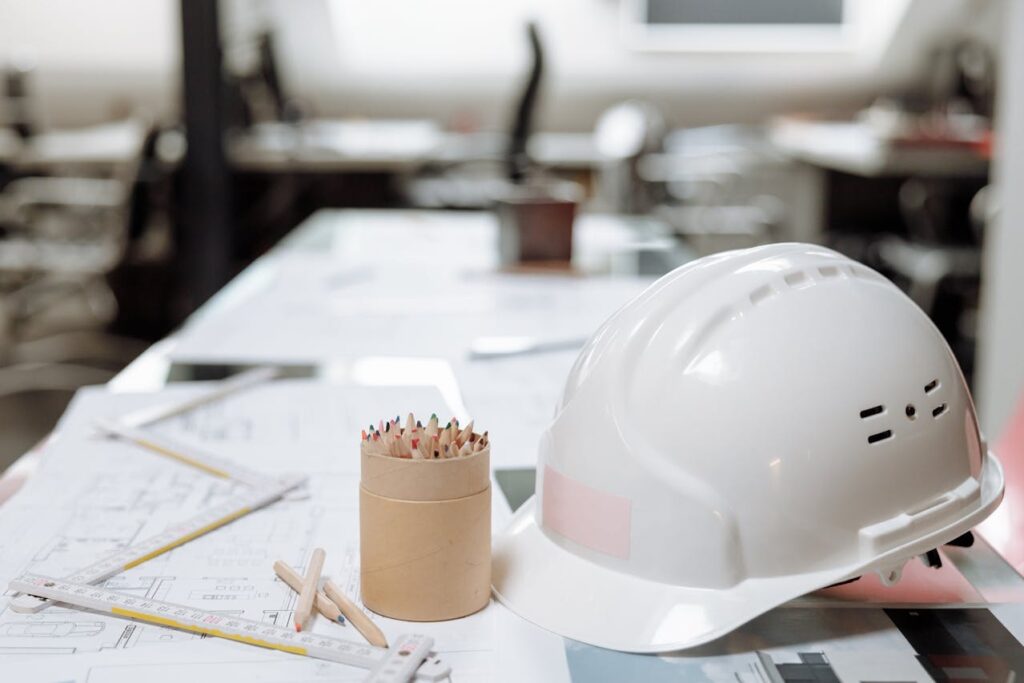
Austin bakery and cafe buildout costs follow predictable patterns when you separate construction from equipment and operational expenses. For developers and property owners planning these projects, current market conditions support budgeting $210–$360 per square foot for full ground-up retail and restaurant construction. The phased approach offers more cost control: core and shell at $90–$120 per square foot, combined with tenant improvements ranging from $30–$60 per square foot for standard retail finishes, or $40–$60 per square foot when starting from a cold dark shell condition.
We coordinate these bakery and cafe projects by establishing clear scope boundaries early in the planning process. Equipment costs, including commercial ovens, refrigeration, and kitchen fixtures, remain separate from per-square-foot construction figures and typically add $20,000–$35,000 to project budgets. Non-construction startup costs—permits, insurance, branding, initial inventory, and early staffing—contribute another layer of investment that developers should account for in their overall financial planning. Austin’s construction premiums, driven by labor availability, material costs, and energy code requirements, consistently add 10–15% above baseline Texas market rates.
Successful Austin bakery projects require scope definition before design begins, budget validation at each milestone, and maintaining a 3–7% cost contingency throughout the construction process. We recommend engaging contractors early in the design phase, particularly for MEP coordination and kitchen planning, to avoid costly changes during construction. Contact EB3 Construction to discuss your Austin bakery or cafe project and develop a construction approach that aligns with your budget and timeline requirements.

